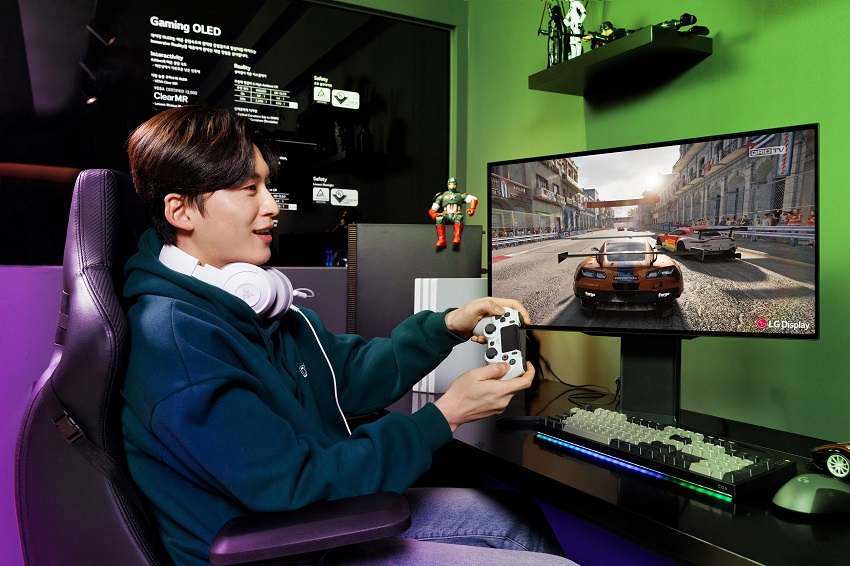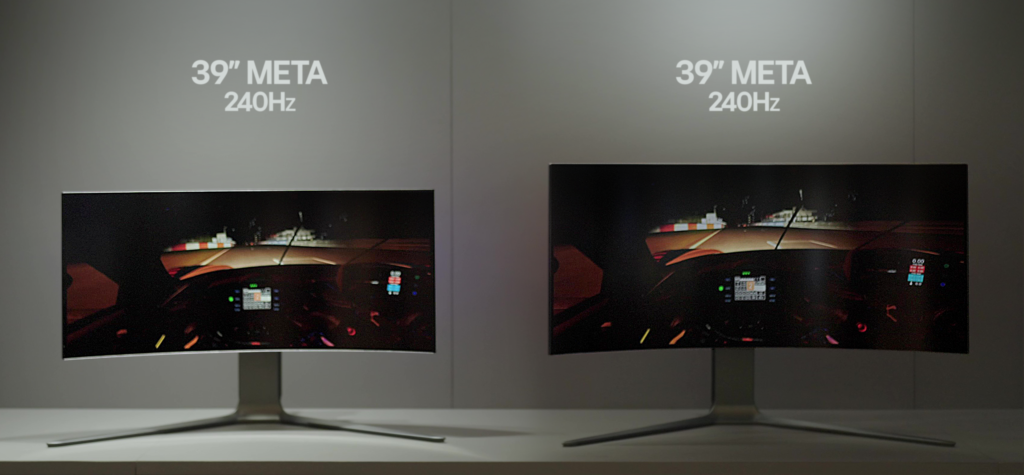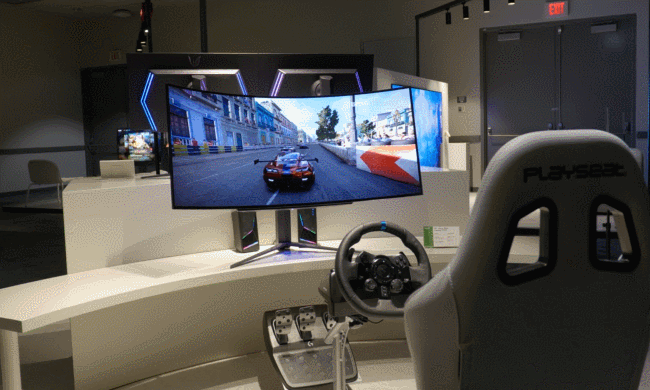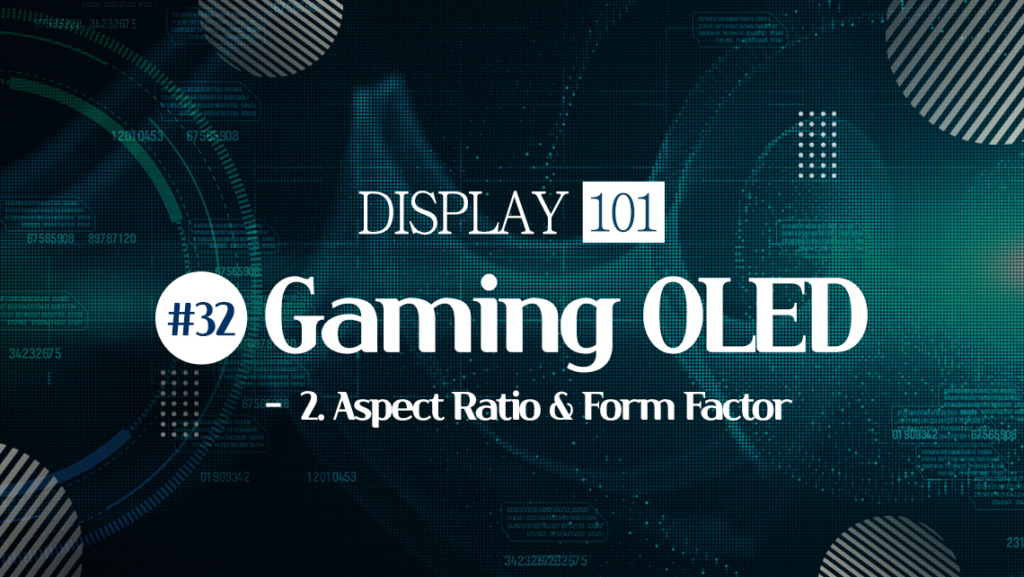
In our first edition of Display 101 on Gaming OLED, we delved into the crucial components of refresh rate and response time in gaming OLED monitors. In the following edition, we will introduce two other important factors, which are aspect ratio and form factor.
While refresh rate and response time serve as indicators of the performance that gaming OLEDs offer, aspect ratio and form factor are associated with the monitor’s hardware. Given that the gaming experience can significantly differ based on the varying ratios and shapes of screens, those who are considering purchasing a gaming OLED should pay close attention to which suits them the best!
How aspect ratio determines the quality of gaming

Aspect ratio refers to the ratio of the width to the height of a monitor. In a simpler example, a ’21:9 aspect ratio’ implies that the width of a monitor is 21 units while the height is 9 units. The most common aspect ratio that we come across today is 16:9, known widely as the ‘standard’ for TVs and monitors. However, with increased demands for monitor setups that transcend standard aspect ratios, 21:9 aspect ratio monitors are gaining popularity.

Also known as an ultrawide aspect ratio, the 21:9 aspect ratio is the result of expanding the existing 16:9 aspect ratio horizontally, which further enhances gaming immersion and fosters a more dynamic environment. Moreover, gamers prefer the 21:9 aspect ratio due to the ability to see objects and backgrounds outside the field of view that are not visible with the conventional 16:9 aspect ratio. The ultrawide ratio is also beneficial outside of gaming, as the wider screen is useful for multitasking at the office or when editing videos using multiple timelines.
Gaming immersion is also influenced by curved or bendable designs

LG Display’s gaming OLED panels can be classified into three types based on their form factor: flat, curved, and bendable, which can implement both flat and curved forms.
The commonly used flat panel is a standard panel without any curvature, while the curved panel features a gently bent bezel towards the user. Curved OLED panels are advantageous for gaming as they provide a similar distance between the screen’s center and the eyes, making it easier to view the entire screen at once. In fact, LG Display’s research showed that most games require a curvature on the screen for more immersive gameplay.









